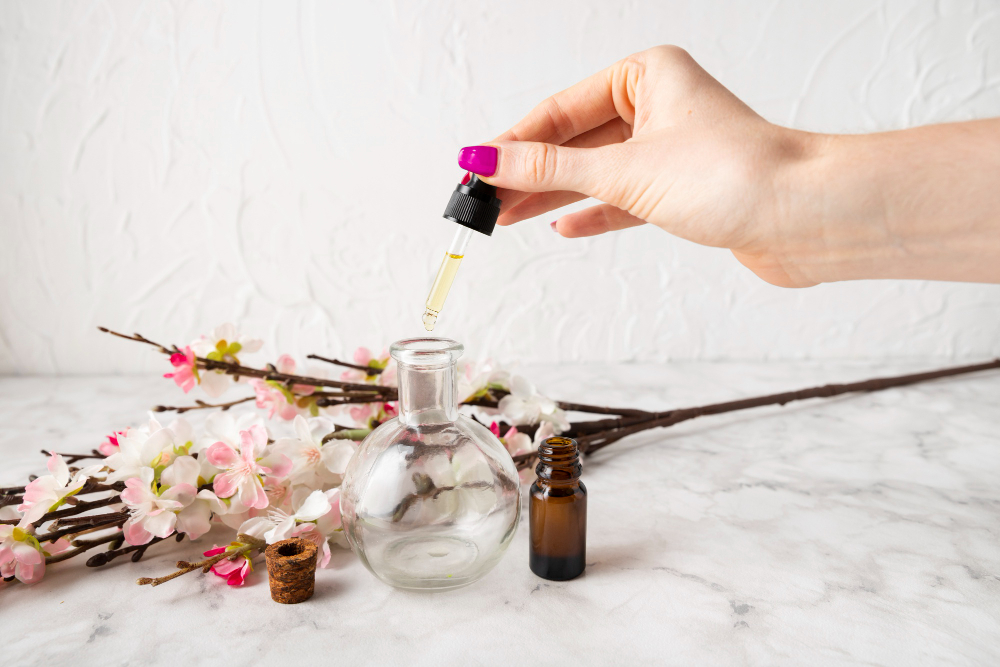Step into the captivating world of aromatherapy and DIY beauty with the art of making fragrance oil. Whether you’re looking to create a personalized perfume, add a unique scent to your skincare products, or simply infuse your home with delightful aromas, making fragrance oil at home allows you to unleash your creativity and tailor your scents to suit your preferences. Join us as we explore the fascinating process of crafting your very own signature fragrance oil.
Understanding the Basics
Before we dive into the process of making fragrance oil, let’s take a moment to understand what it is and how it works. Fragrance oil is a concentrated mixture of aromatic compounds, carrier oils, and sometimes alcohol, designed to emit a specific scent when applied to the skin or diffused into the air. These aromatic compounds are derived from a variety of sources, including flowers, fruits, herbs, and spices, and are carefully blended to create harmonious fragrance profiles.
The Building Blocks of Scent
To create your own fragrance oil, you’ll need a few key ingredients. The base of your fragrance oil will be a carrier oil, such as jojoba oil, sweet almond oil, or fractionated coconut oil, which acts as a diluent for the aromatic compounds. Next, you’ll need essential oils or fragrance oils, which provide the scent profile for your fragrance. Finally, you may choose to add alcohol, such as vodka or perfumer’s alcohol, to help disperse the fragrance and increase its longevity.
Creating Your Signature Scent
Now it’s time to get creative and start blending your fragrance oils. Begin by selecting a combination of essential oils or fragrance oils that complement each other and align with the scent profile you’re aiming to achieve. Start with a base note, such as sandalwood or vanilla, followed by middle notes, like lavender or rose, and finish with top notes, such as citrus or mint, to add complexity and depth to your fragrance. Experiment with different combinations until you find the perfect balance of scents that resonate with you.
Finding the Right Balance
As you blend your fragrance oils, it’s essential to consider the concentration of aromatic compounds to carrier oil. A general rule of thumb is to use a ratio of 15-30% aromatic compounds to carrier oil for a balanced fragrance. However, this ratio can vary depending on personal preference and the intensity of the essential oils or fragrance oils you’re using. Start with a lower concentration and gradually increase until you achieve the desired scent strength.
Allowing the Scent to Develop
Once you’ve blended your fragrance oils, it’s time to exercise a little patience and let the scent mature. Transfer your fragrance oil mixture to a glass bottle or container, ensuring it’s tightly sealed to prevent evaporation. Store the bottle in a cool, dark place for at least a few days, allowing the aromatic compounds to meld and the scent to develop fully. This maturation process enhances the complexity and depth of your fragrance, resulting in a more nuanced scent profile.
Evaluating Your Creation
After allowing your fragrance oil to mature, it’s time for the moment of truth – testing your creation. Apply a small amount of the fragrance oil to your skin and allow it to interact with your body chemistry. Take note of how the scent evolves over time, from the initial top notes to the lingering base notes. Pay attention to how the fragrance makes you feel and whether it aligns with the mood or occasion you had in mind. Don’t be afraid to make adjustments to the blend if necessary to achieve your desired results.
Unleash Your Creativity
In conclusion, making fragrance oil at home is a rewarding and creative endeavor that allows you to express your unique scent preferences and create personalized aromas for yourself and others to enjoy. With a few simple ingredients and a bit of experimentation, you can craft your very own signature scent that reflects your personality and style. So unleash your creativity, blend with abandon, and embark on a fragrant journey of self-expression and discovery.
